Countering Misinformation: Lessons From CNN's Experts
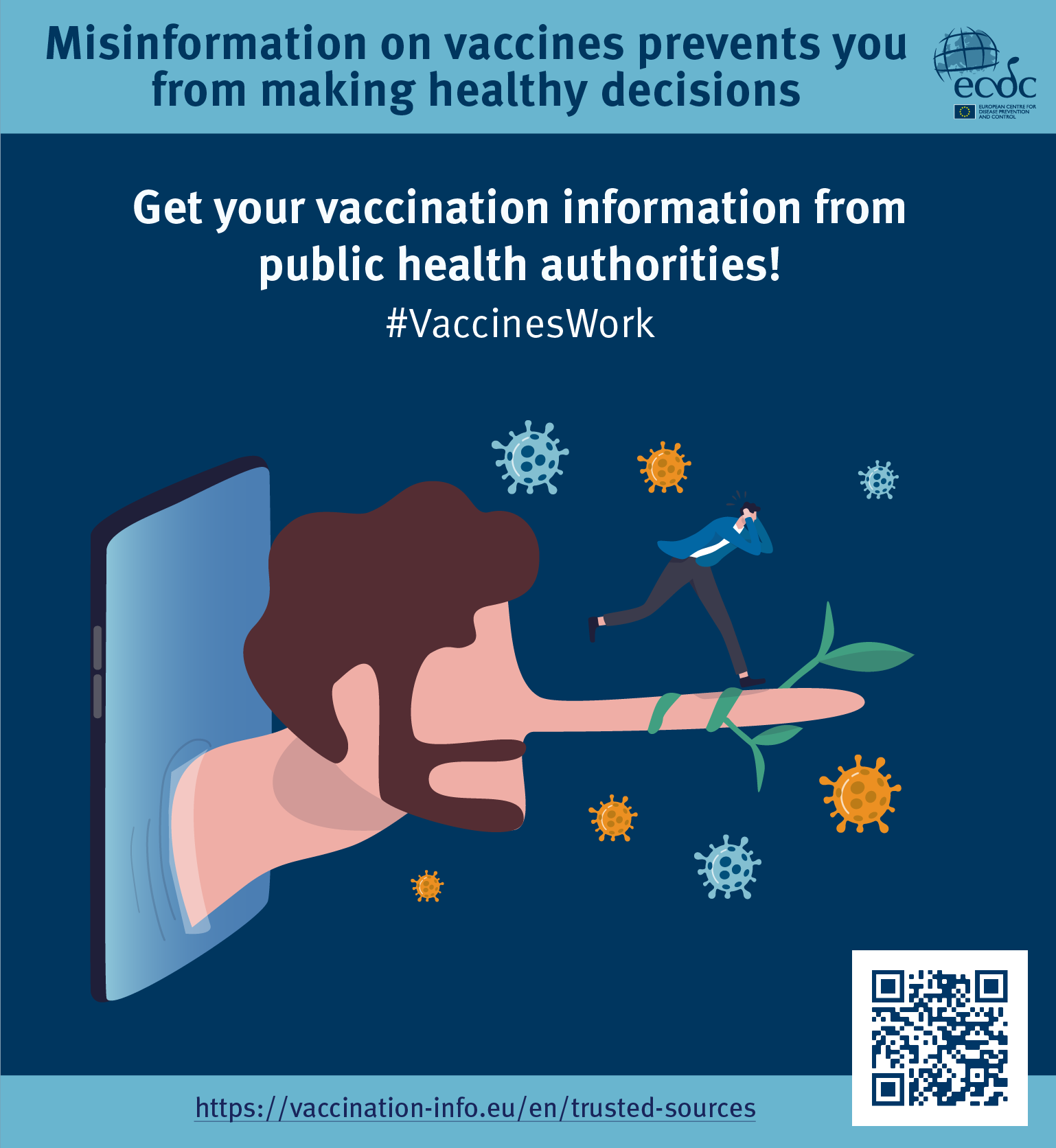
Table of Contents
Identifying Red Flags of Misinformation
The first step in countering misinformation is learning to recognize its telltale signs. CNN's experts emphasize the importance of being vigilant and questioning information before accepting it as truth.
Recognizing Sensational Headlines and Emotional Language
Misleading headlines often use emotionally charged language to grab attention and bypass critical thinking. They prey on our emotions, making us more susceptible to believing false information.
- Exaggerated claims: Look for phrases like "miracle cure," "shocking revelation," or "secret hidden truth." These are often red flags indicating a lack of credible evidence.
- Sensationalism: Headlines designed to evoke strong emotional responses—fear, anger, outrage—should be treated with suspicion. A calm, measured approach to information is crucial in combating misinformation.
- Examples of misleading headlines: "Shocking New Study Reveals Coffee Causes Cancer," "Doctors Hate This One Simple Trick...", "You Won't Believe What Happened Next..." These often lead to clickbait articles lacking factual basis.
Spotting Bias and Propaganda Techniques
Understanding bias is essential in countering misinformation. Recognizing propaganda techniques helps identify manipulative tactics used to spread fake news.
- Identify the source's agenda: Consider the source's potential motives. Is there a political, financial, or ideological agenda at play?
- Common propaganda techniques: Be aware of techniques like name-calling (attacking opponents instead of addressing issues), bandwagoning (appealing to popularity), and appeals to emotion (manipulating feelings instead of reason).
- Unbalanced reporting: Check for a lack of diverse perspectives or the omission of crucial information that contradicts the narrative. Reputable journalism strives for balanced reporting.
Assessing the Source's Credibility
Evaluating the credibility of the source is paramount in combating disinformation. CNN experts stress verifying the source's reputation and expertise.
- Reputable sources: Is the source a reputable news organization, academic institution, government agency, or established expert in the field?
- About Us section: Check the "About Us" section of a website to learn more about its mission, funding, and editorial policies. Transparency is a hallmark of credible sources.
- Anonymous sources and conflicts of interest: Be wary of information attributed to anonymous sources or sources with a clear conflict of interest that might bias their reporting.
Effective Strategies for Fact-Checking and Source Verification
Once you've identified potential red flags, it's vital to employ effective fact-checking and source verification strategies. CNN journalists utilize various methods to ensure accuracy and combat the spread of fake news.
Utilizing Fact-Checking Websites and Databases
Numerous organizations dedicate themselves to debunking false information. Leveraging their resources is a key step in countering misinformation.
- Reputable fact-checking websites: Utilize reputable fact-checking websites like Snopes, PolitiFact, and FactCheck.org. These websites rigorously investigate claims and provide evidence-based assessments.
- Database searches: Search for the information in question on these sites to see if it has already been debunked. This can save significant time and effort.
Cross-Referencing Information Across Multiple Sources
Relying on a single source increases the risk of encountering misinformation. CNN's approach emphasizes cross-referencing to establish the accuracy of information.
- Multiple reputable sources: Compare information from multiple reputable sources to gain a comprehensive understanding. Consistency across different sources strengthens the credibility of the information.
- Discrepancies: Discrepancies between sources may indicate misinformation or a biased presentation of facts.
Reverse Image Searching and Evaluating Multimedia Content
Images and videos can be easily manipulated to spread misinformation. Utilizing reverse image search is crucial for verifying multimedia content.
- Reverse image search engines: Use reverse image search engines (like Google Images) to determine the original context and usage of images and videos.
- Image manipulation: Check for manipulated or altered images or videos. Look for inconsistencies or unnatural elements that might indicate tampering.
Developing Critical Thinking Skills to Counter Misinformation
Developing critical thinking skills is a crucial defense against misinformation. CNN emphasizes the importance of questioning assumptions, evaluating evidence, and seeking diverse perspectives.
Questioning Assumptions and Biases
Our own biases can cloud our judgment and make us vulnerable to misinformation. CNN experts encourage a self-reflective approach to information consumption.
- Self-reflection: Actively challenge your own assumptions and biases. Are you accepting information simply because it aligns with your pre-existing beliefs?
- Alternative perspectives: Consider alternative perspectives and interpretations. A balanced view requires considering viewpoints that differ from your own.
Evaluating Evidence and Logic
Assessing the quality of evidence presented is vital in determining the truthfulness of information. CNN journalists are trained to identify logical fallacies.
- Evidence quality: Assess the quality of evidence presented. Is it anecdotal, statistical, or expert testimony? What is the source of the evidence, and is it reliable?
- Logical fallacies: Identify logical fallacies in the argumentation. These flaws in reasoning can undermine the validity of an argument.
Seeking Diverse Perspectives and Engaging in Constructive Dialogue
Engaging in constructive dialogue with diverse perspectives enhances critical thinking and broadens understanding. Avoiding echo chambers is crucial.
- Diverse perspectives: Engage with diverse perspectives to gain a more nuanced understanding of the issue. Seek out information from sources with differing viewpoints.
- Open-mindedness: Be open to changing your mind based on new evidence and reasoned arguments. Avoid reinforcing pre-existing beliefs without critical evaluation.
Conclusion
Countering misinformation is a continuous process that demands vigilance and critical thinking. By employing the strategies outlined above—drawn from the expertise of CNN's leading journalists and analysts—you can significantly improve your ability to identify and counter fake news. Remember to always be skeptical, verify information from multiple reputable sources, and cultivate critical thinking skills to combat misinformation effectively. Stay informed and actively participate in countering misinformation to protect yourself and your community from its harmful effects. Become a champion of truth and actively participate in combating misinformation.

Featured Posts
-
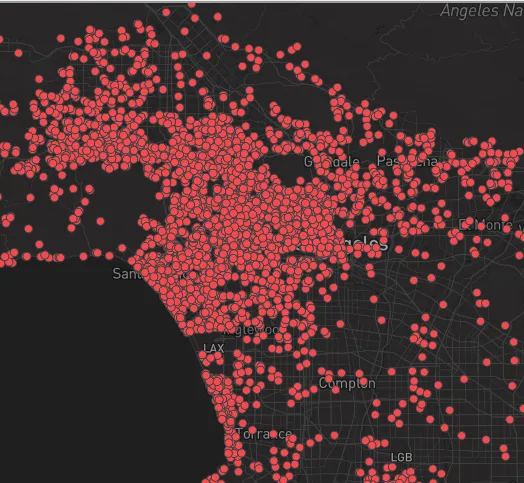 La Fires Landlords Accused Of Price Gouging Amidst Crisis
May 02, 2025
La Fires Landlords Accused Of Price Gouging Amidst Crisis
May 02, 2025 -
 Rolls Royce 2025 Projections Remain Unchanged Tariffs Not A Major Threat
May 02, 2025
Rolls Royce 2025 Projections Remain Unchanged Tariffs Not A Major Threat
May 02, 2025 -
 Ramos Leads France To Six Nations Victory With Dominant Scotland Win
May 02, 2025
Ramos Leads France To Six Nations Victory With Dominant Scotland Win
May 02, 2025 -
 Play Station Portal And Cloud Gaming Access To A Wider Classic Game Library
May 02, 2025
Play Station Portal And Cloud Gaming Access To A Wider Classic Game Library
May 02, 2025 -
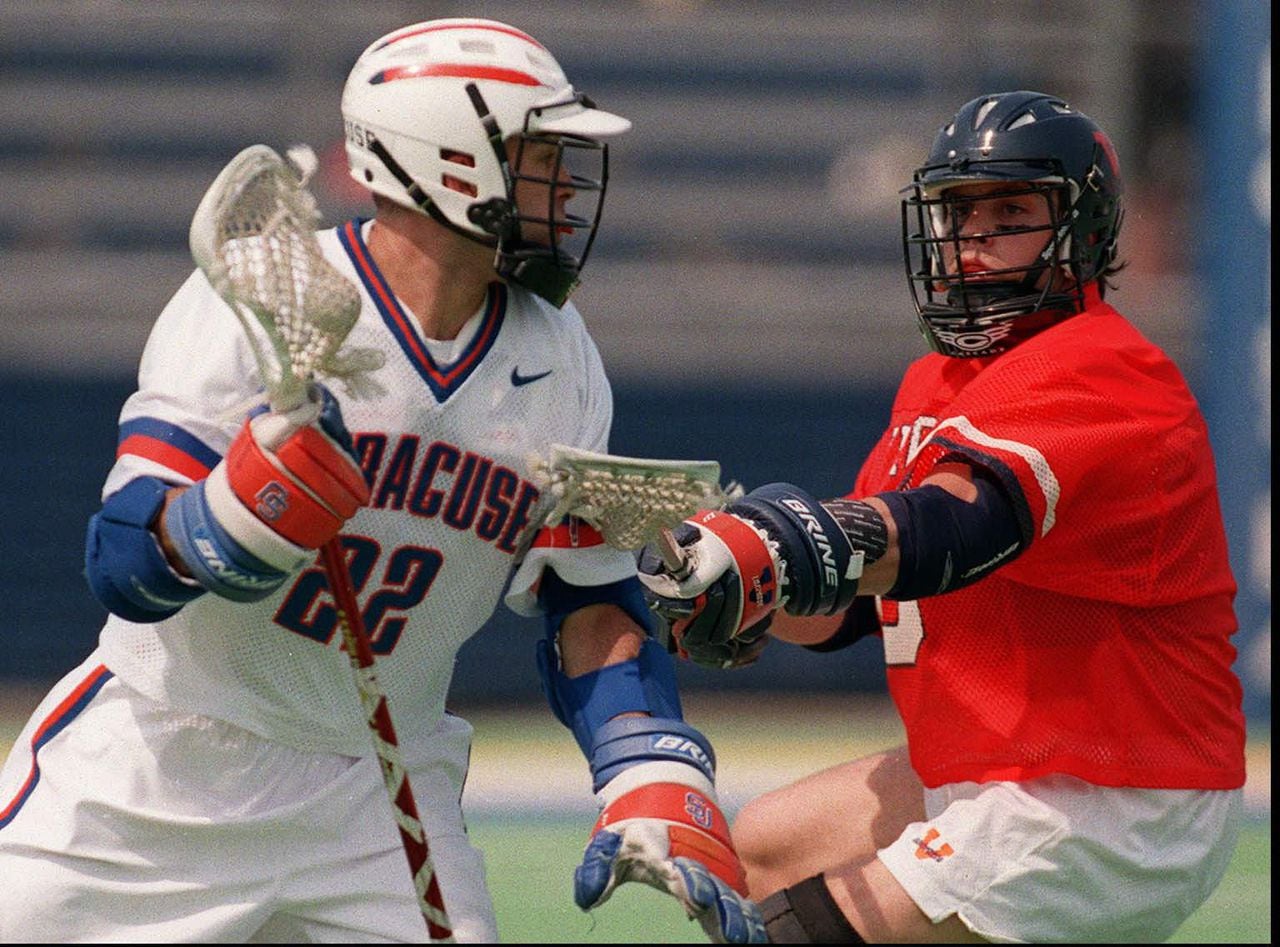 Syracuse Lacrosse Hazing 11 Players Turn Themselves In
May 02, 2025
Syracuse Lacrosse Hazing 11 Players Turn Themselves In
May 02, 2025
Latest Posts
-
 Gop Candidates North Carolina Supreme Court Appeal What It Means
May 02, 2025
Gop Candidates North Carolina Supreme Court Appeal What It Means
May 02, 2025 -
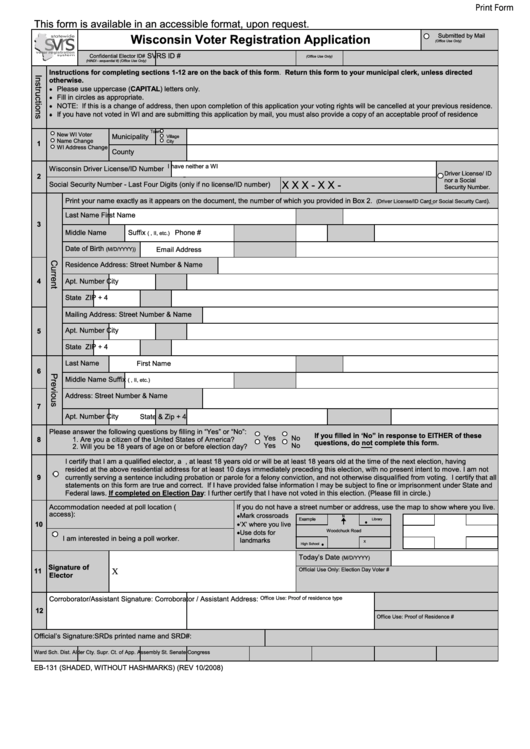 Analyzing The 2024 Election Key Insights From Florida And Wisconsin Voter Turnout
May 02, 2025
Analyzing The 2024 Election Key Insights From Florida And Wisconsin Voter Turnout
May 02, 2025 -
 Newsround Viewing Guide Bbc Two Hd Channel
May 02, 2025
Newsround Viewing Guide Bbc Two Hd Channel
May 02, 2025 -
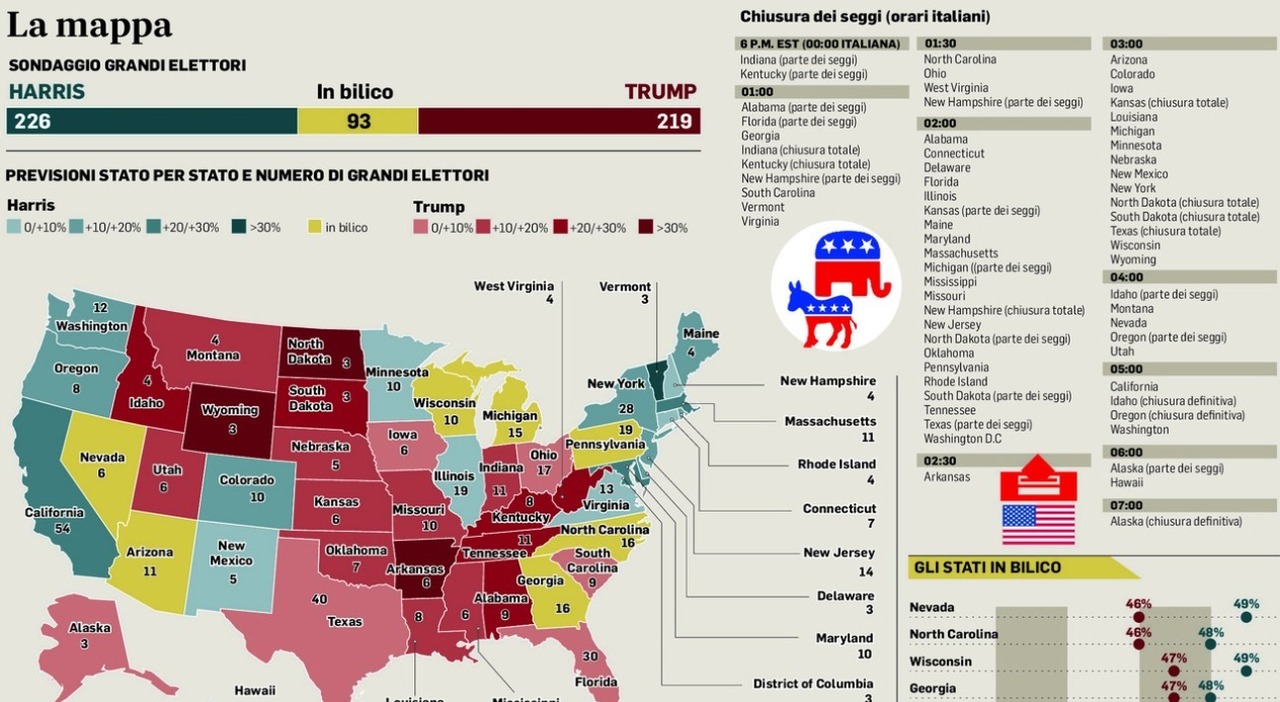 Interpreting The 2024 Election Turnout In Florida And Wisconsin Key Political Insights
May 02, 2025
Interpreting The 2024 Election Turnout In Florida And Wisconsin Key Political Insights
May 02, 2025 -
 What Florida And Wisconsins Voter Turnout Reveals About The Shifting Political Climate
May 02, 2025
What Florida And Wisconsins Voter Turnout Reveals About The Shifting Political Climate
May 02, 2025
